Thanks to their raw materials, Heraklith® products are among the most sustainable building materials in the world. Nevertheless, Knauf Insulation is continuously working to further reduce the ecological footprint of its wood wool solutions. Both the raw materials and the production methods are constantly scrutinised in order to maintain the leading position among natural building materials.
Wood, mineral binder and water: this is what all Heraklith® insulation panels contain. You might think that it is hardly possible to further optimise this natural composition - and yet Knauf Insulation does just that.
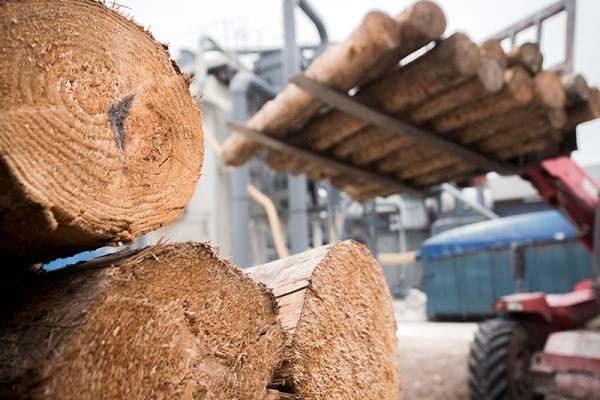
Short paths
For example, the company ensures that the wood, the most important raw material for Heraklith® products, is PEFC-certified and comes from controlled sustainable forestry. Transport also plays a decisive role in the production of the popular wood wool insulation solutions. Wood that is delivered to Simbach am Inn, the most important wood wool insulation plant in the world, comes from forests in southern Germany and Austria and has travelled as short a distance as possible. This has a positive impact on minimising the CO2 footprint of the products.
Inner values
The same goal - reducing the CO2 content - is the aim of a current project to optimise the binder for wood wool fibres. In future, the company's own recycled materials are to be increasingly used in order to further reduce the CO2 footprint of the binder and thus also of the finished insulation solutions. This is an important step, as Knauf Insulation has committed itself to reducing the CO2 content of its products by 15% by 2025 compared to 2019 as part of its sustainability strategy "For A Better World".
Down to zero
The company's long-term goal is to reduce CO2 emissions at the entire Simbach production site by 100%, i.e. to zero - an endeavour that could not be more ambitious. Enormous financial and individual efforts are required to transform the traditional Simbach plant with its 100-year history into a CO2-free future. Efforts that Knauf Insulation is prepared to make.
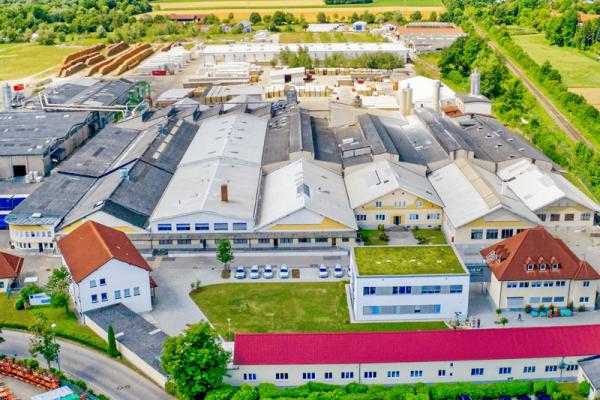
Energy from the earth
New, energy-efficient systems have already been put into operation in various production areas. Natural gas as a heating fuel is gradually being replaced by green electricity in various applications. Highly efficient, presence-controlled LEDs for lighting, optimised forklift routes and much more ensure that energy is not wasted. A major lever for the site's sustainability will be the connection of the plant to the Simbach am Inn geothermal network. This should be completed by 2027. The thermal utilisation of waste from wood wool production on site and tens of thousands of photovoltaic panels round off the sustainable energy supply.
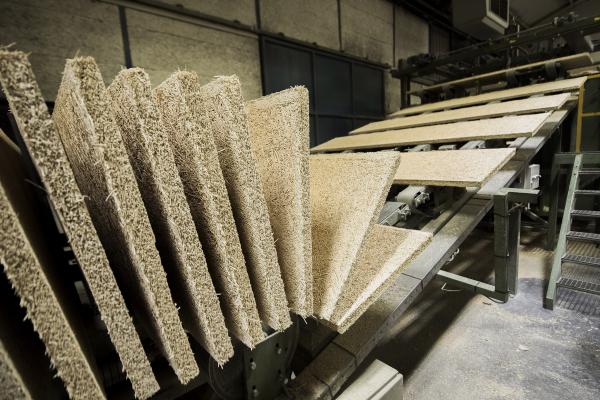
Back into the cycle
100% was also the goal when it came to dealing with waste to be landfilled at the Simbach production site: the entire plant was to be optimised by 2025 so that no landfill waste would be produced at all. However, thanks to innovative recycling and utilisation methods for production waste, Knauf Insulation managed to realise this extremely ambitious plan not in 2025, but in 2022.
Precious dust
One example of the newly established recycling channels is the handling of Simbach's valuable dust: special extraction systems have been installed in the wood wool production facility to collect even the smallest, recyclable materials. These collect and separate the material dust produced during the manufacture of multi-layer insulation panels. This includes mineral wool, which can now be processed into recycled bricks at the sister plant in St. Egidien and fed into the melting process for new insulation materials. In this way alone, around 1,700 tonnes of rock wool production dust per year end up back in the production process as a recycled raw material.
Cleanly separated
The clean separation of materials is also important in another area of Heraklith®: colour residues, for example from excess and collected spray mist during the colouring process of Heraklith® panels, are broken down into their components in a colour separation plant. With the help of small quantities of a splitting agent, all colour components are removed from the water. These can then be disposed of separately and in an environmentally friendly manner in accordance with the applicable regulations. The water, which makes up 40 % of the total volume and previously had to be regularly transported by tanker to a waste disposal company, can now simply be fed into the sewerage system as waste water for normal treatment.
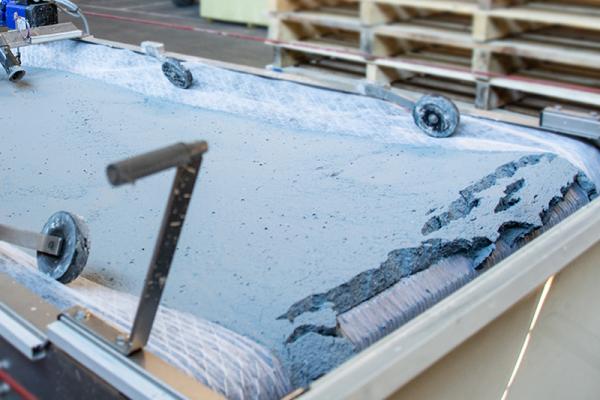
Consistently sustainable
All these measures and many more were planned and gradually implemented by Knauf Insulation to make the production and use of Heraklith® insulation solutions even more sustainable. All this despite the fact that the products are already made from natural raw materials and compensate for the energy used in their manufacture through heating energy savings after just a short time in use. This is consistently sustainable and forward-looking - not only for an insulation manufacturer, but also for its products, which will continue to raise the bar for sustainable building materials in the future.
Related news

25.03.2021
Heraklith® highlighted as a leading example of sustainability
Heraklith has long put sustainability at the heart of everything we do.
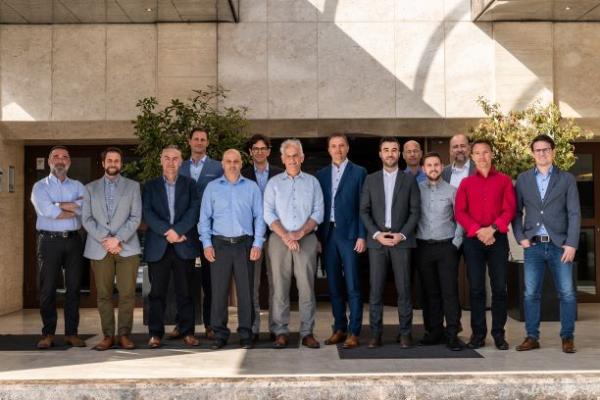
21.04.2022
Innovation drives Knauf Insulation's commitment to sustainability
At Knauf Insulation innovation drives everything we do. Innovation is not only great for business but more importantly it is great for our customers and for the planet.

24.02.2022
Knauf Insulation’s ‘For A Better World’ vision takes centre stage on new sustainability chapter
Continuous improvement defines Knauf Insulation’s sustainability journey. Ambitious milestones give that journey clear direction.